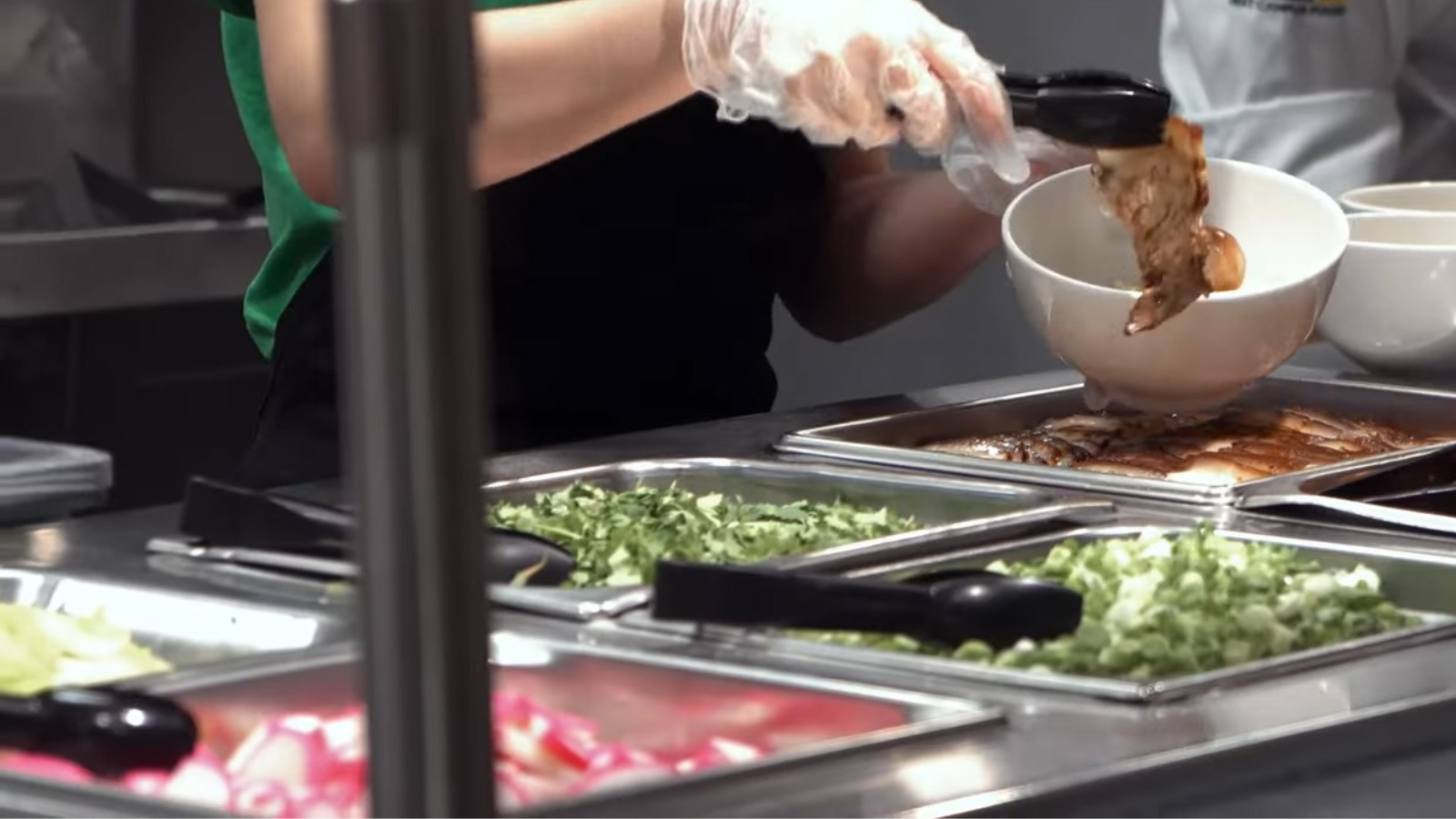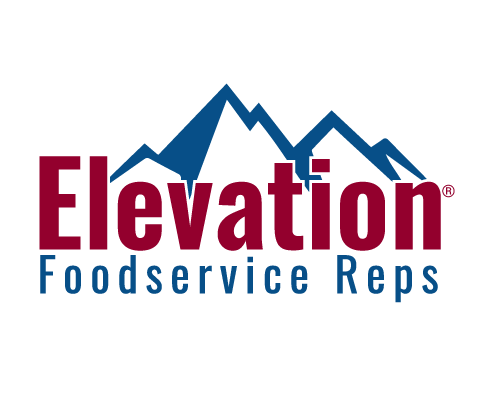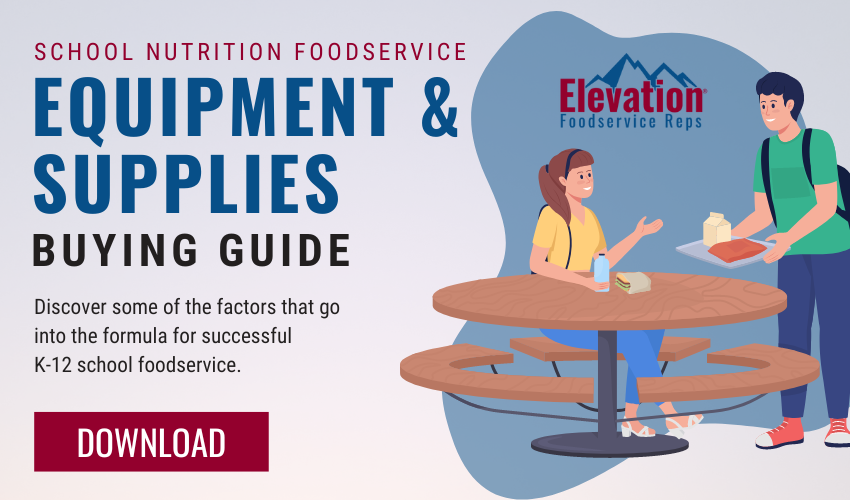ELEVATION NATION BLOG

Tips for Creating Food Serving Line Efficiencies in Schools
Mealtime in schools can be challenging for both students and staff. With some planning and preparation, though, it can be a more efficient and enjoyable experience for everyone.
The goal is always to provide fresh, nutritious meals with enough flavor to encourage student participation, but the reality is enticing even the pickiest of eaters doesn't begin with the tastebuds. It all starts with the serving stations. Food should be arranged in eye-catching displays, and one of the most important ways to achieve that is through attractive food lines.
5 Tips For Creating Food-Serving Line Efficiencies In Schools
Identifying the leading cause of slow school service lines in your cafeteria is the first step to getting a solution. Make service efficient, and also make it attractive. It's possible to achieve both.
Use The Right Equipment
The serving line or holding equipment can dictate the serving speed. For example, holding equipment that does not keep the food warm makes the food cold and unappealing. This can lead to a lack of participation, and the line becomes longer before the food is heated.
One way to address this issue is to use the right equipment in your food serving line. Investing in quality equipment that meets the kids' needs can help keep the line moving and the students happy.
The LTI QuickSwitch is one piece of equipment that can help make your food service more efficient and help you better serve the kids. The QuickSwitch technology offers independently controlled wells that offer cold, hot, and frozen options.
The good thing is that the heat from one well does not transfer to the next well. So, no matter your menu, you can achieve appetizing creations to entice the kids.
Consider Your Cafeteria Design
The cafeteria layout can contribute to slow lunch service. If the cafeteria is not designed to optimize traffic flow, it will take longer for students to get their food.
A cafeteria design should allow the kids to grab their food and get out of the line as quickly as possible. This means having different entry and exit points, different service stations, and ample space for the kids to move freely.
You can also use vertical space by using a two-tier display, which you can use for prepackaged foods such as sandwiches. This can help create more space in the room.
Another way is to provide more clearly marked signage, so students know where to go. Furthermore, having a good cafeteria design can help your staff serve quickly and observe quality and safety measures.
Additional Cashier Stations
Malfunctioned POS and students' negative balances are among the challenges that slow school food lines. It gets worse if the cafeteria has only one cashier station.
Having additional checkout points can help in speeding up school lunch service. You can do this by adding LTI cashier stations, which will aid in reducing the crowds in food lines.
Encourage Parents To Pay In Advance
Kids not having money in their accounts is the most common lunch line dilemma that limits school food service efficiency.
Today, many people have embraced cashless transactions, making it easier for you to encourage parents to pay for their kids' meals in advance. This can help reduce payment issues that cashiers must address before serving the next kid. Furthermore, it boosts school food service efficiency.
Add Serving Stations
Long queues may indicate fewer service stations, especially if you have a high population and participation.
All the above tips may help reduce the crowds, but they won't have a huge impact if long queues are because of the high population. In this case, you can add serving stations in the cafeteria.
Again, the LTI QuickSwitch is an excellent option. It will use less space and prevent kids from going from one station to another looking for hot or cold food. But, again, a meticulously researched design can help you develop a layout that will fit your space.
Learn more about achieve school nutrition goals. Check out our new buying guide for directors and staff.
Subscribe Here!
Lists by Topic
- Insider (16)
- Restaurants (15)
- Chef's Playground (12)
- Beverage (9)
- Trends (8)
- Bar (7)
- School cafeteria (7)
- Hospitality (6)
- LTI (5)
- Middleby (5)
- Steelite (5)
- Tabletop (5)
- Test Kitchen (4)
- TurboChef (4)
- C-Store (3)
- Coffee (3)
- CookTek (3)
- Glassware (3)
- COVID-19 (2)
- Concordia (2)
- Dinnerware (2)
- Front of House (2)
- Healthcare (2)
- Labor Savings (2)
- Lion's Wood Banquet Furniture (2)
- Take-Out/Delivery (2)
- American Metalcraft (1)
- Blodgett (1)
- Blodgett Combi (1)
- Bluezone (1)
- College & University (1)
- Concessions (1)
- Doyon (1)
- Eastern Tabletop (1)
- Follett (1)
- Globe (1)
- Grocery Store (1)
- Icetro (1)
- Imperial Range (1)
- Induction (1)
- Kloppenberg (1)
- MagiKitch’n (1)
- Middleby Marshall (1)
- News (1)
- Perfect Fry (1)
- Pitco (1)
- Product of the Month (1)
- Star (1)
- U-Line (1)
- Varimixer (1)
- Ventless (1)

